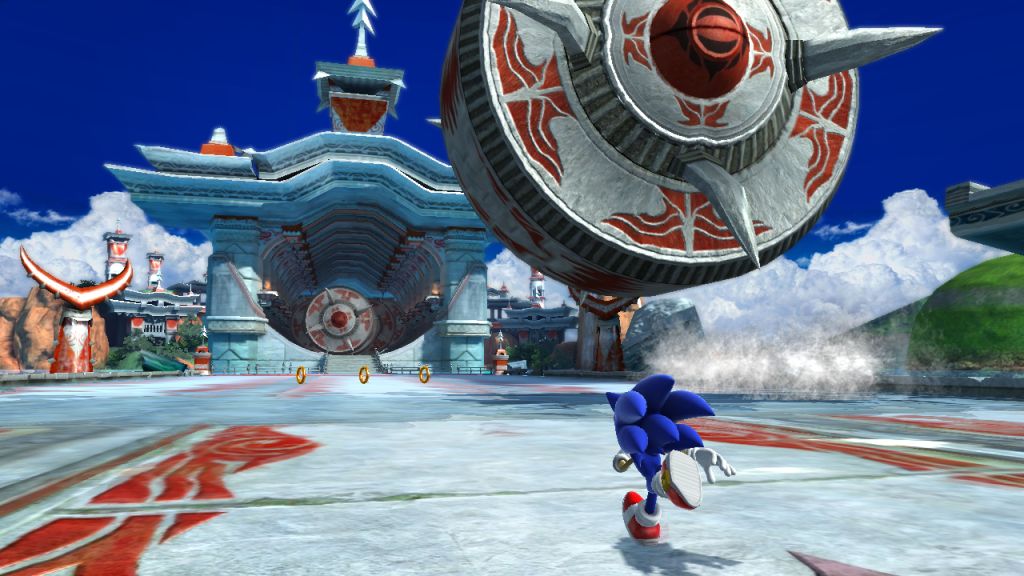Mark Cerny’s (second) interview with Wired about the PlayStation 5 has revealed quite a few details about the console, including finally having an official name and release window. Perhaps one of the most interesting new facets is the solid state hard drive, and how it will assist with both loading and installing games.
This actually isn’t the first time the PlayStation 5 and an SSD have been mentioned together. Back in April Mark Cerny already confirmed the PlayStation 5 would have an SSD, and that it would help with loading, even going as far as to demonstrate the differences between it and the PS4. However, now that the PlayStation 5 is materializing, it’s nice to once again get the conformation that it’ll be there, especially when Microsoft has said they’ll also be using one in their next Xbox.
So what does an SSD do that a regular hard drive doesn’t? Cerny detailed exactly why an SSD has significant advantages over a standard hard drive. For starters, it doesn’t spin, and that’s actually a big deal. A standard hard drive needs to spin to read data off of the disk inside it. Each time it spins it can pick up a chunk of data, but it can only grab so much each rotation, along with the needle needing to scrub around the disk to find the right data. While it’ll rotate hundreds of times each second, it can still only grab so much, which is what leads to longer load times.
Cerny points out that some games have to duplicate data to make sure the hard drive keeps picking it up—making for some massive files sizes we see in games today—specifically using Spider-Man‘s lampposts and random citizens as an example. He even points out with Spider-Man that some data is duplicated up to 400 times. Since an SSD doesn’t need to spin, it can load up more at once without the need for duplicate data. What does this mean for developers? Cerny believes it will lead to smaller game and patch sizes, and/or bigger and more detailed worlds; whichever developers prefer. It’ll certainly lead to shorter load times.
The process of installing games on to your PlayStation 5 is also different, with the SSD being cited as the reason why. The goal is to try and break games up into different chunks, allowing you to pick and choose what you actually want installed on your PlayStation. One example given is that you can install just the game’s multiplayer, leaving the single-player for another time. Or you can install everything, then delete the single-player when you’re done with it.
Developers already seem to be excited about what the SSD can do for their games. Back in August Ricardo Seligmann, one of the developers for Novarama, said that it was one of the most interesting things about the system. In today’s Wired article, Bluepoint Games President Marco Thrush had the following to say:
The SSD has me really excited. You don’t need to do gameplay hacks anymore to artificially slow players down—lock them behind doors, anything like that. Back in the cartridge days, games used to load instantly; we’re kind of going back to what consoles used to be.
There is one important question not answered by the interview: how much space will we get on the SSD? Current PlayStation 4 consoles come in 500gb or 1tb models, but SSDs are still a little more expensive than regular hard drives. Getting 1tb seems like a safe bet, but it’s likely we’ll have to wait until we’re closer to the PlayStation 5’s launch to know the exact number. Thankfully there is quite a bit of news to tide us over until then, such as the DualShock 5’s haptic feedback, the 4K blu-ray player, and Bluepoint working on a big project.
[Source: Wired]








